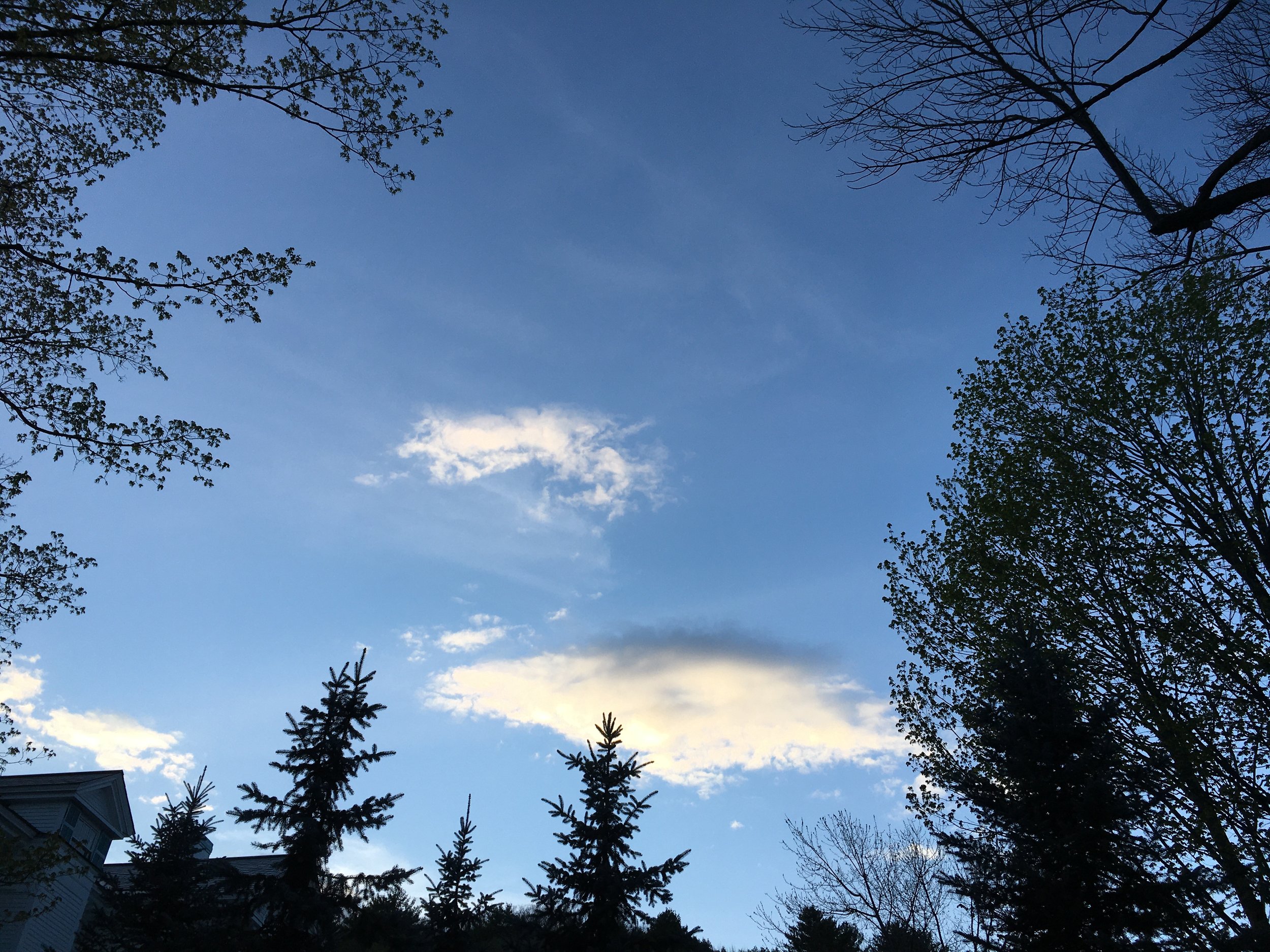Vt. archaeological work gets major funding boost
(Gareth Henderson)
A local university will create a new museum and a host of learning opportunities at an archaeological site in southern Vermont, thanks to new funds for an ongoing project.
Castleton University will provide up to 40 paid internships to continue archaeological exploration at the historic Granger House after receiving a nearly $500,000 grant from the National Endowment for the Humanities. The money aims to support education in archaeology, geography, history, and related fields.
The grant will fund the creation of a museum and learning laboratory at the Granger House on the campus in Castleton. Along with the internships, there will be a summer field school and numerous public outreach efforts. In embarking on the Granger House Project, Castleton University will develop an innovative approach to education in the humanities by emphasizing community engagement and fostering the development of job-ready skills, according to the official announcement on Thursday.
The Granger House Project centers on renovating and repurposing the home. The new museum will celebrate an inclusive history of Castleton through interactive exhibits, photography, and 3D-printed copies of material culture that visitors can manipulate and study. The museum will serve as a venue for a wide range of public programming with an emphasis on K-12 education.
“The preservation of sites like Granger House have traditionally served to commemorate the history of white European settlement, but such an approach does more to obscure than to elucidate the true history of the early United States,” said Andre Fleche, project director and professor of history, in a statement. “Granger House sits just miles away from significant Native American archeological sites, and, according to the Library of Congress’s Historic American Building Survey, the home may have had ties to the Underground Railroad. This project will investigate those histories in an effort to forge a ‘more perfect union’ between the fields of Native American, African American, and early American history.”
At the center of the project are learning communities that will provide enrichment for paid student interns. During the summer up to 40 students, under the guidance of trained professionals, will supervise volunteers and K-12 school groups as they conduct archaeological investigations and other research at Granger House. Advanced coursework during the spring and fall 2022 semesters will focus on local history and help prepare exhibits and train students for active roles in the museum.
In Thursday’s announcement, Matthew Moriarty, director of archaeology and co-director of the project, noted the many opportunities for students.
“They’ll have a chance to participate in this project from start to finish, gaining valuable hands-on experience in everything from archaeology to archival research to 3D scanning to museum exhibit development,” Moriarty said. “We also think this museum will be a great benefit to local educators, providing a place where they can bring their students and explore the richness and diversity of local history.”
Castleton’s Granger House Project will underscore the continued relevance and importance of the humanities in higher education’s fast-changing landscape. By emphasizing hands-on projects and skill development, Castleton University will reinvent the role of student-faculty research at teaching institutions, according to the grant announcement. The Granger House Project will demonstrate that interactive, place-based immersion in the humanities can successfully prepare students for the workplace and for a lifetime of active citizenship.
Castleton University was awarded the grant as part of the National Endowment for the Humanities Sustaining the Humanities through the American Rescue Plan (SHARP) program. SHARP grants were funded by the American Rescue Plan Act of 2021 and are designed to preserve humanities jobs and support the reopening and rebuilding of humanities programs.
Granger House is one of the oldest in the town of Castleton and is listed on the National Register of Historic Places. It was designed and built by Noahdiah Granger around 1800 and was entered into the National Register of Historic Places in 1979. The home is an important local example of Federal-style architecture and features one of the outstanding extant spiral staircases by the noted Vermont architect and craftsman Thomas R. Dake.
— Gareth Henderson
